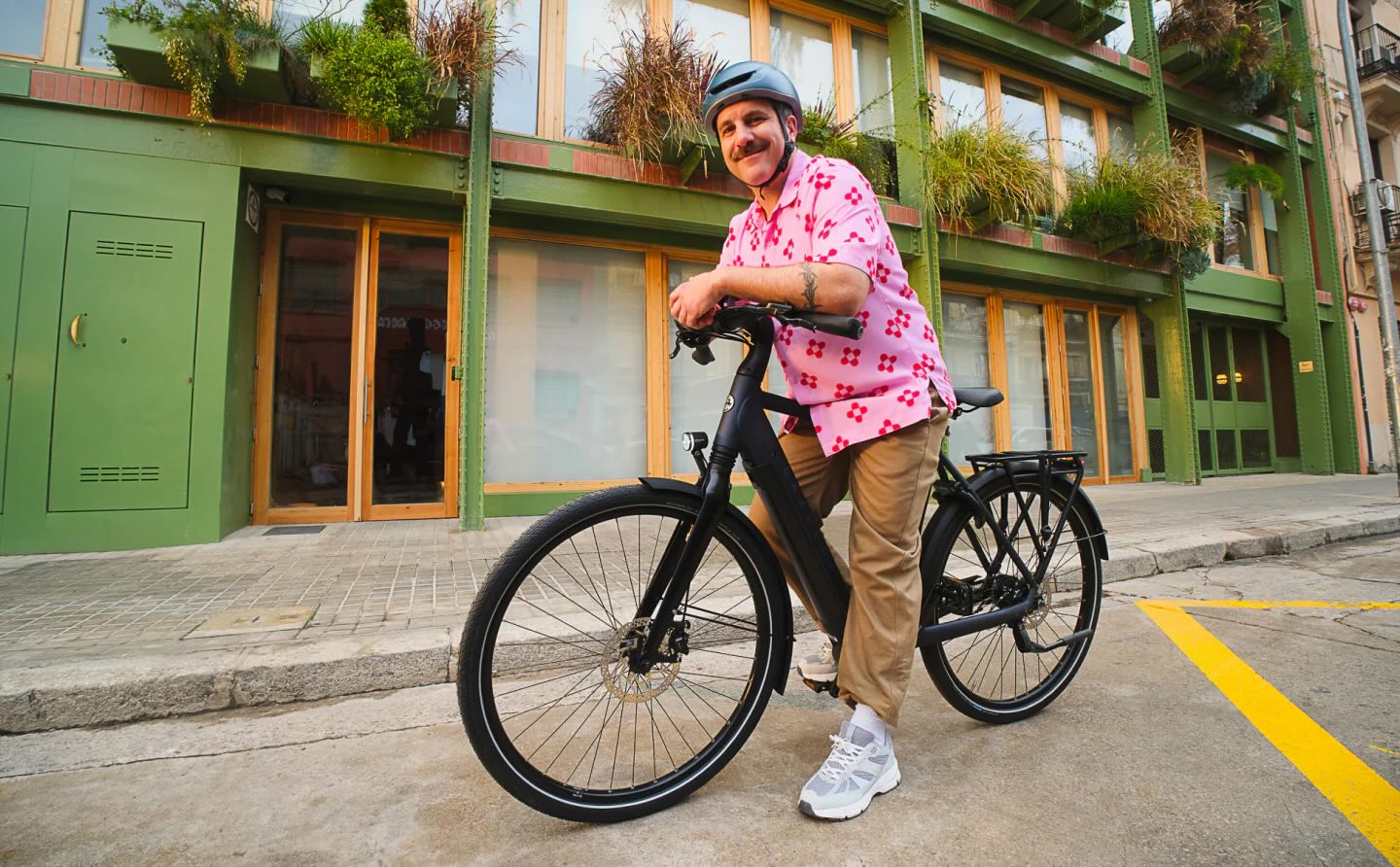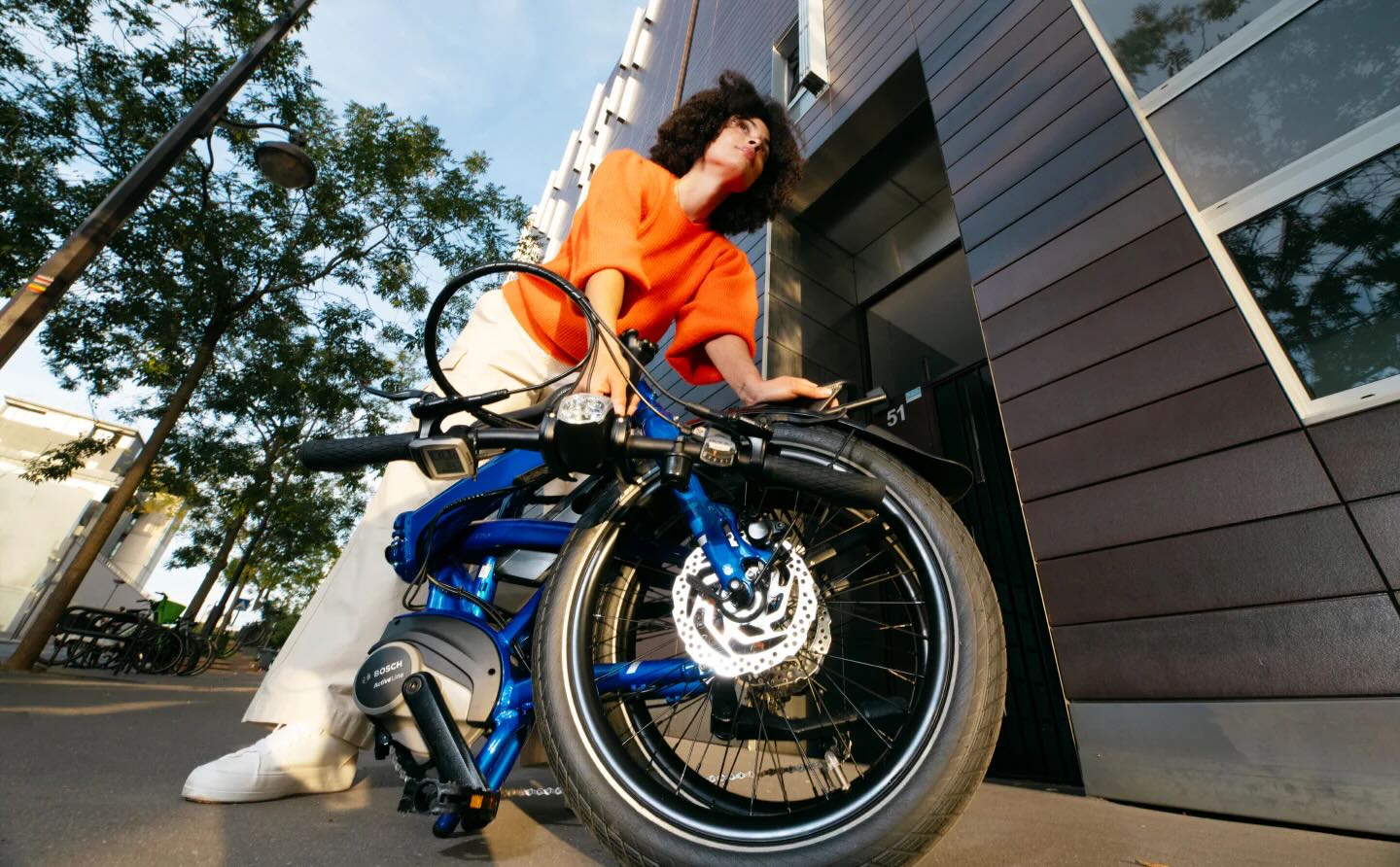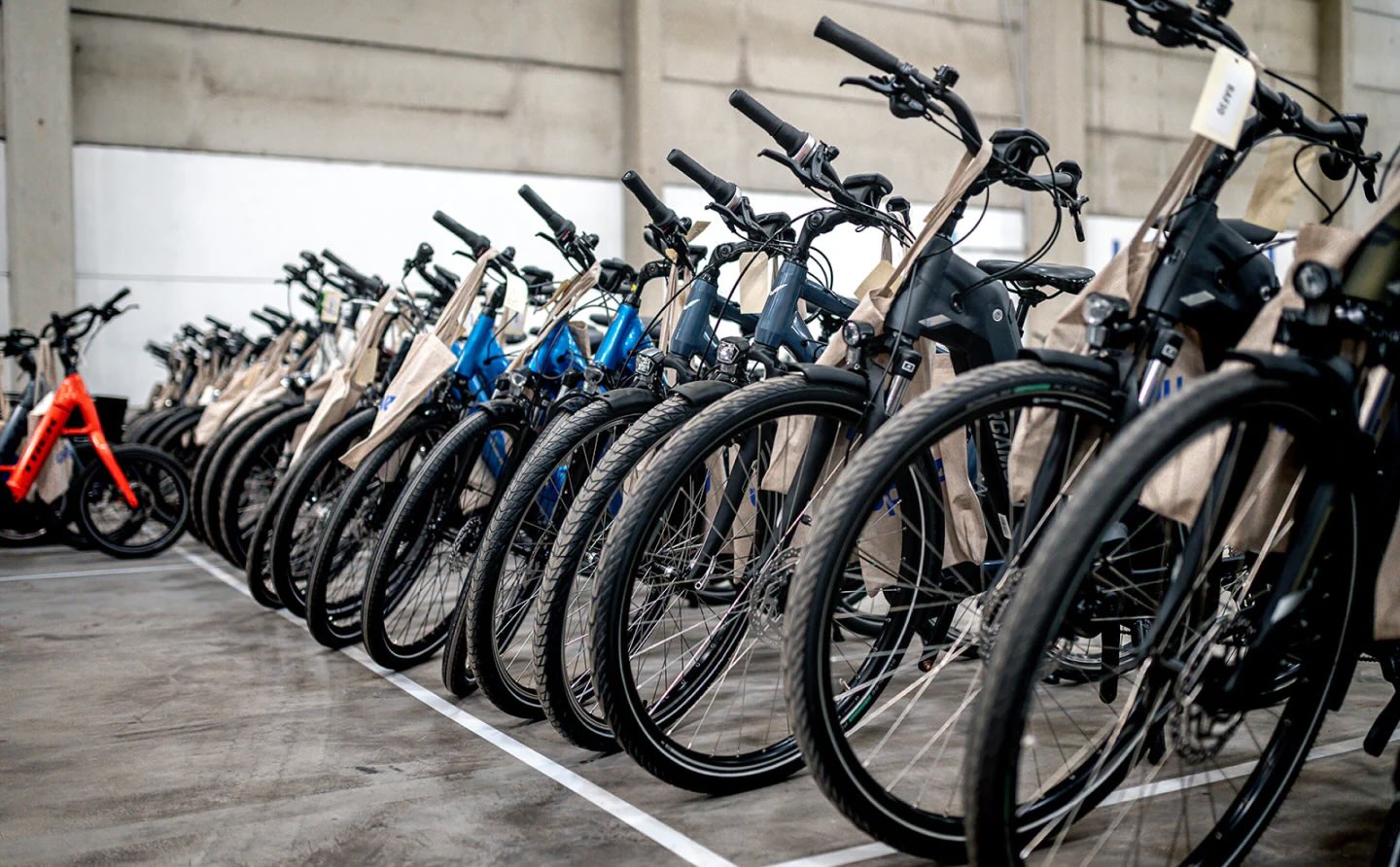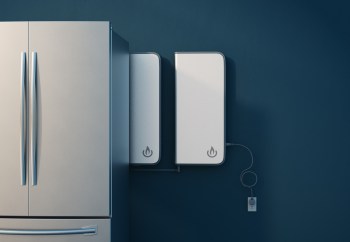A jaw-dropping development in the world of architecture could revolutionize the way we build. It's based on mycelium, the vegetative part of a fungus.
PLP Labs, a design research collaborative of the London-based PLP Architecture firm, has a team dedicated to this breakthrough innovation, which uses modular building blocks created with 3D-printed wood and mycelium.
The blocks are not only versatile and biodegradable but also reusable, lightweight, and fire-resistant. They're made by first filling a mold with sawdust, hemp, and flax. The mycelium then grows through the block, weaving a network that could replace bricks and other building materials.
The process is so transformative that PLP is moving from architecture to sumbiotecture, focusing on collaborating with nature. That's because the construction industry is one of the most significant contributors of global pollution, creating 40% of annual carbon dioxide pollution, as PLP noted.
And though mycelium is having a moment — with uses in everything from "myceliotronics" to other building applications — the fungi filaments may help us out of the climate change hole we've dug.
The PLP team wanted to stretch the functionality of the material, taking it from minor applications such as insulation and acoustic boards to major ones including load-bearing blocks.
Watch now: Take a peek inside Alex Honnold's new solar-powered van
"It grows underground and eats up and absorbs all the nutrients from its surroundings and creates this fibrous, amalgamated matter, which eventually sprouts, fruits out mushrooms," associate partner Abhinav Chaudhary said of mycelium in a video about the brick-making development.
Senior associate partner Jenya Andersson added: "So, we thought why not try and build something with it? Because it actually has amazing properties: It's very ecological, it's completely renewable, it's sustainable, it's biodegradable. And once you get a finished product, it also has amazing acoustic and insulation properties."
At one point, a solid cube is shown. It houses a grid of dowels, which acted as a strengthening framework that the mycelium could glom on to.
PLP touts the advantages that block and others, which have various shapes, hold over concrete and steel, which are not renewable or biodegradable. Mycelium "can be grown and harvested with minimal environmental impact," according to PLP.
TCD Picks » Upway Spotlight

The company in related ventures is working toward commercializing DIY fabrication kits that can be custom-molded to fit customers' needs and studying the size of physical gaps that mycelium can bridge.
"As you can see, we have a complete solid structure, using a lot less material. It's a very organic form," Andersson said over a time-lapse video that showed what started as an amorphous wood structure resembling cane webbing. "And it's very exciting. So, we're going to see where it's going to take us."
Join our free newsletter for weekly updates on the coolest innovations improving our lives and saving our planet.














